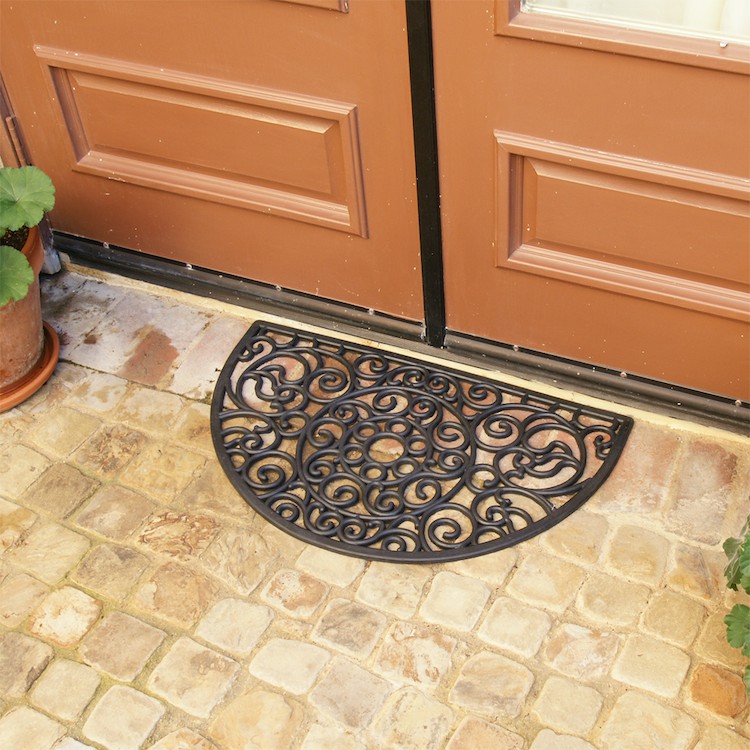 Today, almost 70% of the world’s rubber is produced synthetically from crude oil. However, even though synthetic rubber has risen as top dog of the rubber market, we can’t forget its natural roots—literally! Its origin is actually in the form of a sticky sap that oozes out of the Para rubber tree, Hevea Brasiliensis. Large village plantations contain hundreds of these trees which are cultivated for the collection of their sap. This sap, or latex, is produced by the tree as a response to injury. When the tree is wounded or, more appropriately, cut, the white sap covers the cuts, allowing the tree to heal—a process that is actually quite similar to human wound healing. Here are five forgotten great reasons to buy natural rubber mats:
Today, almost 70% of the world’s rubber is produced synthetically from crude oil. However, even though synthetic rubber has risen as top dog of the rubber market, we can’t forget its natural roots—literally! Its origin is actually in the form of a sticky sap that oozes out of the Para rubber tree, Hevea Brasiliensis. Large village plantations contain hundreds of these trees which are cultivated for the collection of their sap. This sap, or latex, is produced by the tree as a response to injury. When the tree is wounded or, more appropriately, cut, the white sap covers the cuts, allowing the tree to heal—a process that is actually quite similar to human wound healing. Here are five forgotten great reasons to buy natural rubber mats:
 Innovations have always been led by firms producing rubber mats from natural materials. Everyone else follows, and the imitations are always less worthy of a second look.
Innovations have always been led by firms producing rubber mats from natural materials. Everyone else follows, and the imitations are always less worthy of a second look.First, industry workers make shallow cuts in the bark of the rubber tree, and let the sap flow into an old hollow coconut shell. The rubber sap comes out of the tree as a white, liquid substance. Over time, it hardens, but does not become entirely dried—it retains flexible stretch and elasticity! When the tree has produced enough rubber to fill the cup, the cut is covered and given time to heal over. The collected pure rubber is taken to the village, where basic machinery is used to roll the pure rubber into long rubber sheets. Some of these are rolled, packed, and shipped to manufacturers as raw rubber material. Others are rolled out in the shape of small rubber mats, which are left in the sun and baked. These singular mats are used in a variety of small scale rubber applications. The entire rubber production process is a sustainable, eco-friendly procedure. Unlike the lumber industry, the trees are not cut down in order to collect the materials; nor are barrels of crude oil being used to make synthetic materials. Rubber matting from natural rubber requires constant re-harvesting!